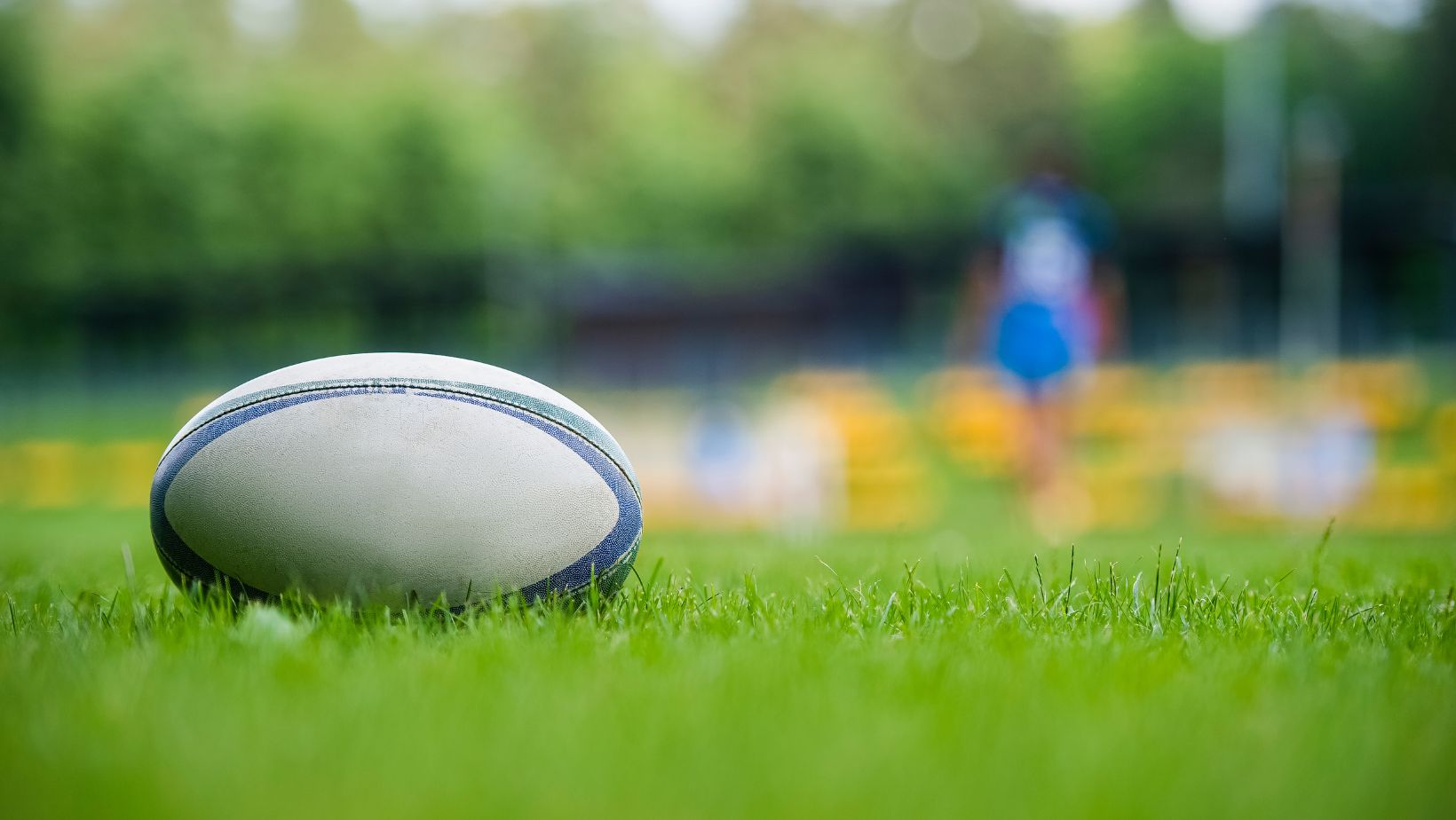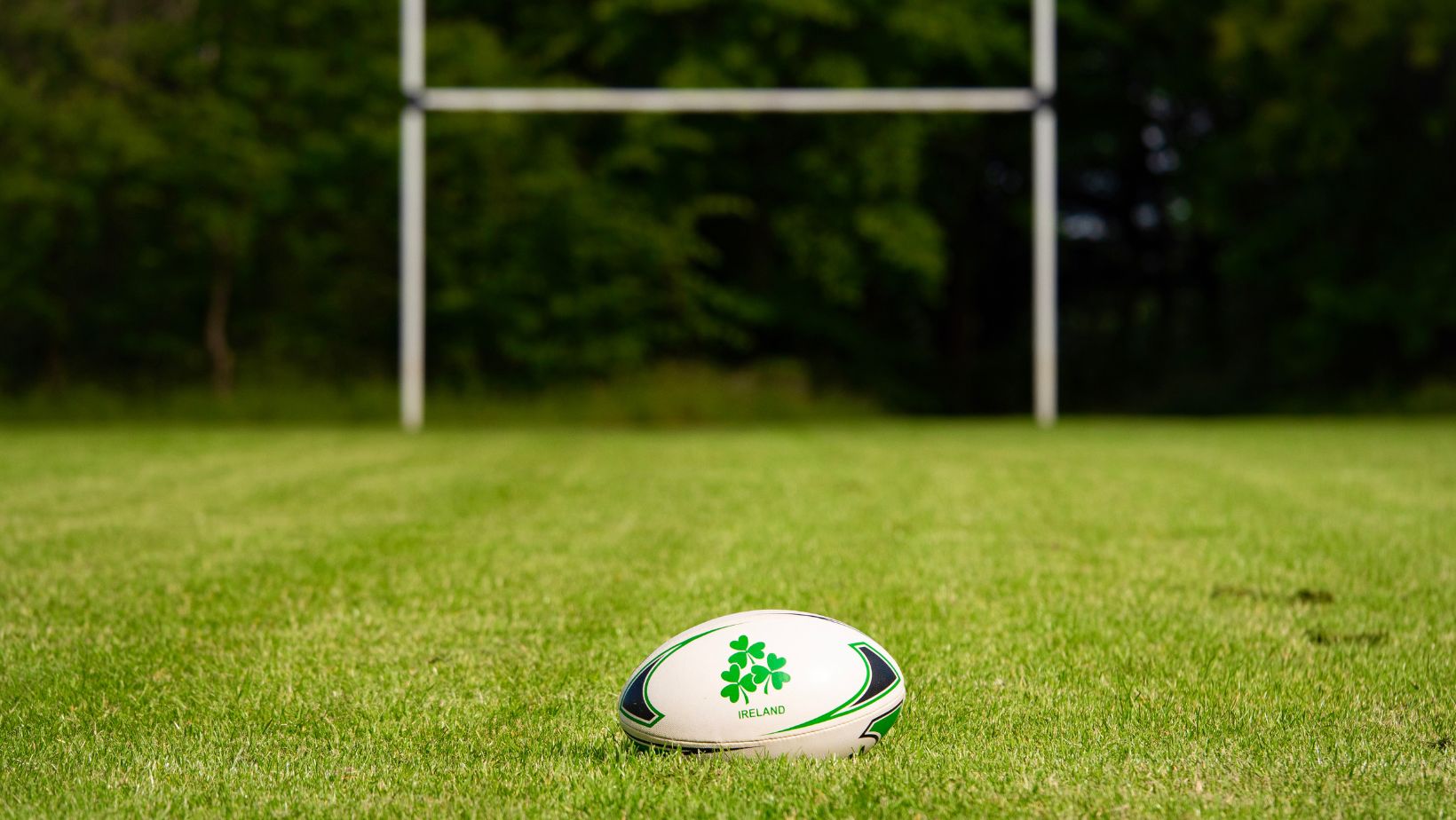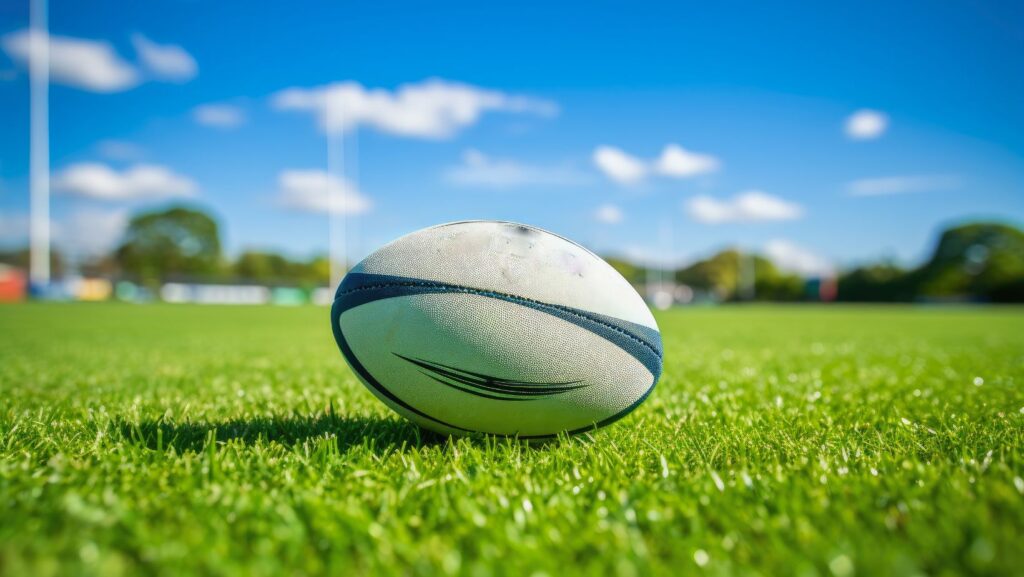In rugby, the playing surface plays a crucial role in performance and safety. Artificial grass for rugby has gained traction due to its ability to maintain a high level of playability, regardless of weather conditions.
Rugby is a sport that demands a lot from players, from fast sprints to powerful tackles. To ensure optimal performance, players need a consistent, reliable playing surface. Natural grass has traditionally been the go-to option for rugby fields, but it comes with several challenges—especially when it comes to maintenance and playability during adverse weather conditions. Heavy rain can turn a natural grass field into a slippery, muddy mess, while hot, dry weather can leave it parched and worn out. This is where artificial grass for rugby has come into play.
Artificial grass rugby surfaces are designed to withstand the elements, maintaining their consistency and performance regardless of the weather. With artificial grass, rugby players get the benefit of a reliable surface that supports both agility and strength. But how exactly does artificial grass improve playability in all weather conditions? Let’s take a deeper look.
The Benefits of Artificial Grass for Rugby
Consistent Performance in All Weather
One of the most significant advantages of artificial grass for rugby is its ability to perform consistently in any weather condition. Unlike natural grass, which can become soggy, muddy, or dried out depending on the weather, artificial grass maintains a uniform surface year-round.
In wet weather, natural grass can become slippery, leading to dangerous slides and falls. On the other hand, rugby artificial grass is designed with advanced drainage systems that prevent water buildup. This means even after heavy rain, the surface remains dry, firm, and safe to play on. In hot or dry conditions, traditional grass may become patchy or worn down, but artificial grass for rugby stays strong, offering excellent traction and stability without drying out or losing its integrity.
Reduced Injuries and Better Traction
In rugby, a sport known for its high-impact tackles and fast-paced running, player safety is paramount. A surface that is too slippery or uneven can lead to injuries, from sprained ankles to more serious knee and joint issues. With rugby artificial grass, players benefit from a more predictable and stable surface.

The fibers of artificial grass are designed to mimic the feel and traction of natural grass but with improved durability. Unlike natural grass, which can become slippery when wet or uneven due to wear, artificial grass for rugby provides consistent footing. This reduced slipperiness helps minimize the risk of falls, providing better grip and allowing players to pivot, sprint, and tackle with confidence.
Furthermore, artificial grass offers a cushioning effect compared to harder surfaces like concrete or asphalt. This helps absorb some of the impact from tackles or falls, reducing the risk of injury and promoting player safety. It is especially beneficial for younger players or community leagues that may not have access to high-end natural fields.
Durability and Low Maintenance
One of the biggest challenges of maintaining a natural rugby pitch is the amount of upkeep it requires. Over time, weather conditions, foot traffic, and wear and tear can result in uneven playing surfaces, requiring regular maintenance, reseeding, and sometimes even re-laying the turf. The constant need for care and the cost associated with it can add up quickly.
Artificial grass for rugby provides a low-maintenance alternative. Once installed, it requires very little upkeep. There’s no need to reseed the field after every season, no watering or fertilizing, and no mowing. Artificial grass surfaces are engineered to withstand constant foot traffic, so you won’t see patches or bald spots appearing as they would on natural grass fields.
Furthermore, artificial grass has a longer lifespan than natural grass, making it an excellent investment for sports complexes, schools, or other rugby facilities. It can last for many years, providing high-quality performance throughout its lifespan without the recurring costs of field renovations.
Environmentally Friendly
While artificial grass is often viewed as less eco-friendly than natural grass, the reality is that modern rugby artificial grass is designed with sustainability in mind. Artificial grass requires no pesticides or fertilizers, which are often used on natural grass fields and can have negative environmental effects. The need for regular watering is also eliminated, saving significant amounts of water over time.
Many artificial grass products are made from recyclable materials, further contributing to their eco-friendly nature.

When the surface eventually needs to be replaced, much of the material can be recycled, reducing waste and supporting a more sustainable approach to rugby field management.
Cost-Effectiveness Over Time
Installing artificial grass rugby fields can be a significant investment initially, but the long-term financial benefits make it a smart choice for many sports facilities. Traditional natural grass fields require ongoing investments in labor, water, fertilizers, and equipment maintenance. Over time, these costs can quickly add up, particularly in areas with extreme weather conditions that demand frequent repairs.
Once artificial grass is installed, the ongoing costs are minimal. There’s no need for irrigation, reseeding, or expensive repairs. While the initial installation may be more expensive than laying natural grass, the savings in maintenance costs over the years will more than make up for the difference. For rugby clubs, schools, and recreational centers, the reduced maintenance costs of artificial grass for rugby offer a more predictable and cost-effective solution for their sports fields.
Summing Up
In conclusion, rugby artificial grass offers numerous advantages that make it an ideal choice for rugby fields in all weather conditions. From consistent performance in both wet and dry weather to improved player safety and reduced maintenance requirements, artificial grass provides an excellent surface for rugby players at all levels.
Its durability, traction, and cushioning properties help reduce the risk of injury, while its low maintenance needs and long lifespan offer significant cost savings over time. Additionally, the environmental benefits of artificial grass—such as water conservation and reduced chemical use—make it a sustainable choice for rugby fields.


More Stories
How to Identify When Your Floor Can Be Recoated vs Fully Sanded
Why a Wood Stove Installation Belongs in Your Modern Home
Solar Canopies as Architectural Statements in Urban Courtyards